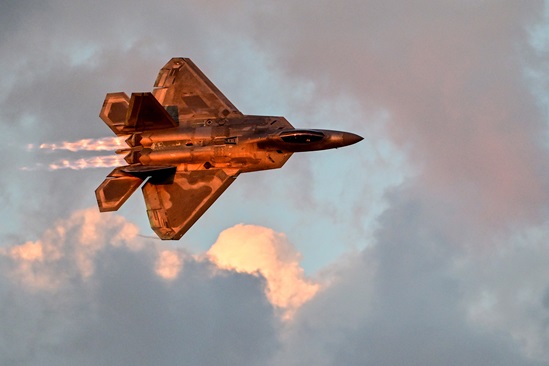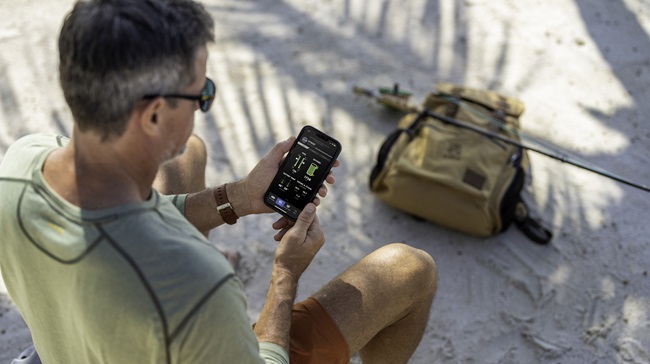EnerSys launches first light GA battery
SBS J-16 a replacement for Gill G-35
Pennsylvania-based battery manufacturer EnerSys has launched its first aircraft battery designed specifically for light general aviation aircraft. The Hawker SBS J-16 battery, manufactured with the company’s proprietary Thin Plate Pure Lead (TPPL) technology, provides extended life, low maintenance, and superior performance in extreme temperatures and harsh environments, the company said.
TPPL technology involves manufacturing flat plates made of 99.99-percent pure lead, not lead alloy. The pure lead plates are thinner, allowing more to fit in the battery, and increasing plate surface area. That additional surface area allows the battery to provide more power, longer service life, greater reliability, and enhanced deep-cycle capabilities.
The Hawker SBS J-16 features a three- to 10-year service life and two-year storage life at 77 degrees Fahrenheit, reducing the need for off-season maintenance. The battery is designed and manufactured to be vibration resistant, classified as “non-spillable” for mounting in any orientation and for full aerobatic use, and has FAA parts manufacturer approval for installation in specific Cessna and Piper piston aircraft.
“Listening to the voice of our customers, this year at our sales meeting we did a Shark Tank exercise,” explained Dan Soltan, aviation sales manager for EnerSys. As a result they received approval to put an existing battery through the FAA approval process. Because of the physical structure and internal chemistry, “it’s higher performing with better energy density, and also a smaller footprint.” It’s also about five pounds lighter than the Gill G-35, which it was designed to replace.
The new battery has PMA approved for aircraft in the Piper PA–18 and PA–19 series, as well as the Cessna 170, 180, and 185. “We’re trying to make it open to more certificated aircraft,” Soltan added. And because the replacement battery is smaller, the company plans to partner with other businesses to offer shims that will allow its installation in existing battery boxes—as well as a new battery box optimized to the smaller size.
To design the new battery, EnerSys leveraged lessons it has learned from its experience in the military and telecommunications markets. “We constantly look for ways to improve battery performance,” he said. “We expect our customers to be very satisfied with the service life.”
The company is exploring other light GA applications, as well. “We will begin to look at other aircraft—we just don’t know what these will be right now,” he said. Initially they will seek to adapt existing batteries, but if the market is right, the company will start from scratch.
More information about EnerSys and its product line is available online.




